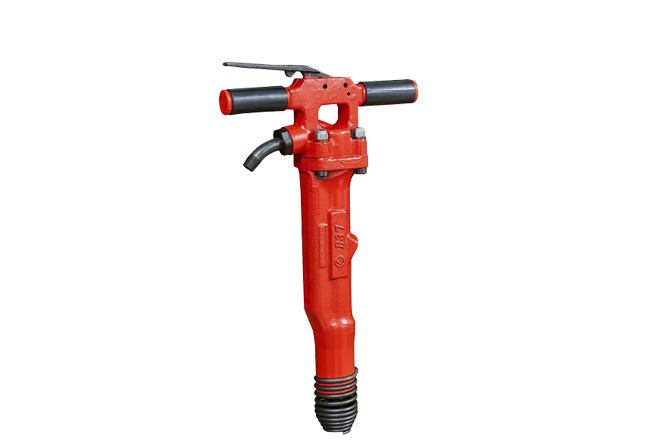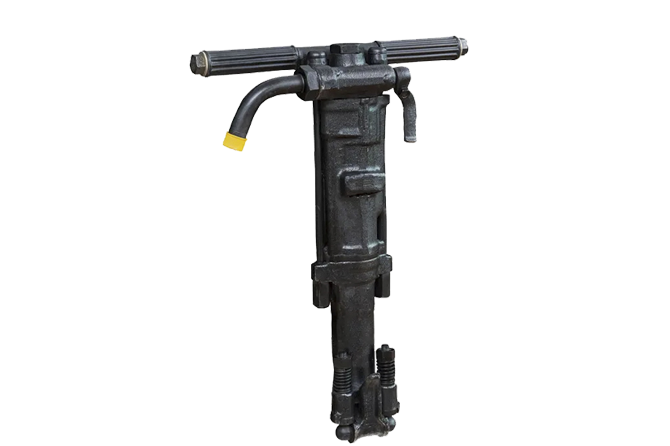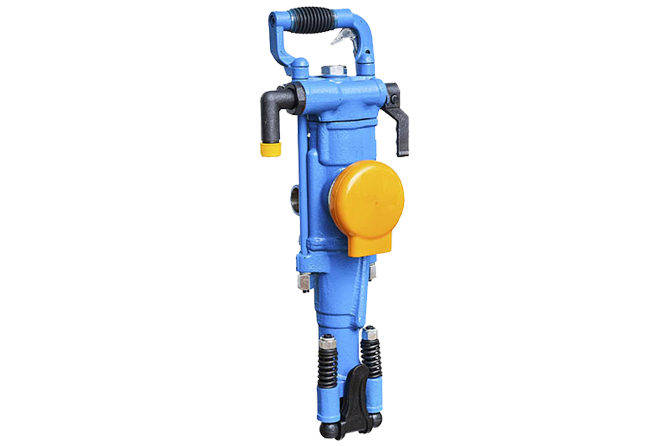A jackhammer is a specialized tool that pairs a hammer and chisel directly, enabling it to inhabit a variety of roles. It was developed by William Mcreavy and sold off to Charles Brady King, who identified its potential. While hand-held versions are propelled by either compressed air or electric motors, the bigger sorts, like those mounted on construction equipment, mainly make use of hydraulic power. These mechanical marvels achieve their greatest levels of effectiveness when used to break apart hard materials like asphalt, rock, and concrete, but they are also capable of serving as efficacious trenches.
Two German inventors–Carl F.W. Dunker and Gottfried Kndel–initiated the first developments of jackhammers during the late 1800s, which ran on air. In 1896, this dawn-age type of jackhammer was employed in the United States for the Pennsylvania Railroad project. The first electric version of the jackhammer was established two years later in 1898 by Charles Brady King.
Powerful and portable, pneumatic jackhammers are driven by a diesel engine. Their air compressor provides an immense continuous gust of air, giving the same output as 34m per minute, which is the equivalent of 1,200 ft /min. It is usually attached to a skid frame and connected to a truck, allowing it to be taken to various sites.
To power the pneumatic jackhammer, an air hose is linked to the skid frame, pumping both oxygen and exhaust as necessary. Additionally, the hose provides a connection to a water flow to keep the drilling bit cool.
At a weight of 23 kg (51 lb), the average pneumatic jackhammer is not a light instrument. The model’s handle usually measures up to 1 m (3 ft) in length, regardless of which version one has.
When the trigger on the handle of the pneumatic jackhammer is pressed, a stream of air begins to flow, powering the hammer and continuing while the trigger stays in its depressed position.
Examining the material, the operator wielded the hammer that boasted an approximately 300mm (12in) long chisel – and, in one swift motion, knocked the material into pieces.
Depending on the application, the air compressor can be manipulated to determine the power of the hammer. If large pieces of material need to be smashed up, the operator can turn the knob to increase the air flow, creating a stronger hit. This will provide more power and greater efficiency in breaking down material. Conversely, if a quieter operation with reduced air consumption is desired, simply turn the knob to decrease air flow.
The operator has the ability to easily alter the length of the handle for more efficient breaking of hard materials. By making the handle longer, the user is granted extra force, boosting their ability to break down the materials with ease.
The pneumatic jackhammer is a hugely practical appliance for when tough demolition or excavation projects claw for attention. From shattering asphalt and concrete to burrowing trenches in the earth, it can rise to any heavy-duty demand with dexterity.
To ensure their wellbeing, operators handling a pneumatic jackhammer need to abide by certain safety measures. Protective eyewear and earmuffs are essential for this job, as is a dust mask that can help keep one’s airways clear of microscopic particles.
The pneumatic jackhammer is an impressive instrument with the potential to deliver serious harm if handled without adequate care and instruction. Prior to utilizing it, practitioners should attend a comprehensive training session to equip them with the proper procedures for use.
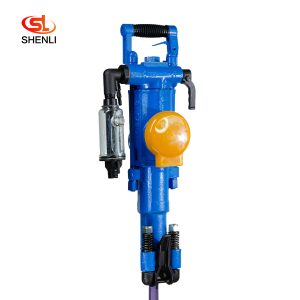
Short Description: YT29A air-legged rock drills are heavy-duty push-leg (air-legged) rock drills with low energy consumption, which are more suitable for drilling horizontal or inc […]
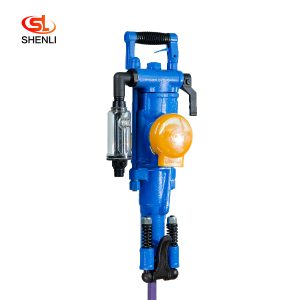
Short Description: The YT28 air-leg rock drill is a kind of high-efficiency, energy-saving and environmentally friendly rock drilling equipment. Compared with similar pneumatic pro […]
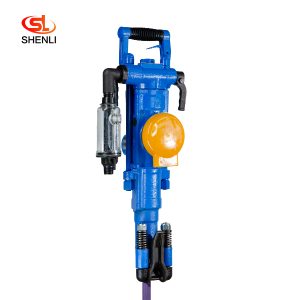
Short Description: The YT27 air-legged rock drill is a highly efficient lightweight rock drill suitable for downward or inclined drilling in medium-hard or hard (f=8 – 18) ro […]
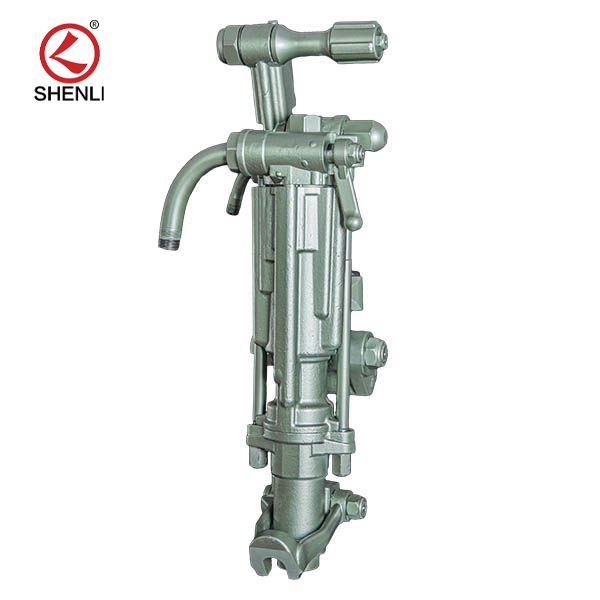
Product description: (S250 jackleg Drill) has been the preferred choice of miners who demand high performance, superior control and lasting reliability. the S250 jackleg allows ope […]
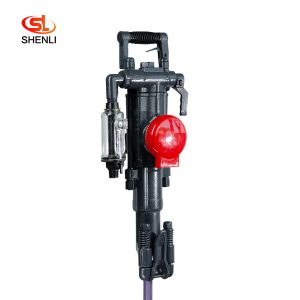
Scope of application: Model S82 air-legged rock drills are heavy-duty air-legged rock drills with high efficiency and low consumption, which are especially suitable for use in the […]
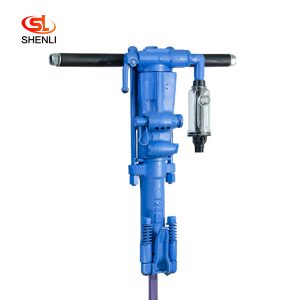
Product introduction Y26 hand-held rock drill is mainly used for drilling shell holes and secondary blasting in mines, railroads, water conservancy, and rock works, which can dry a […]
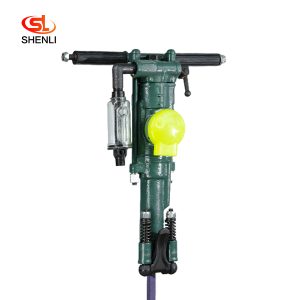
Product description: Y24 hand-held rock drill is a variant of YT24 air-leg rock drill in our factory. It has the advanced level in China and was rated as the high quality product i […]
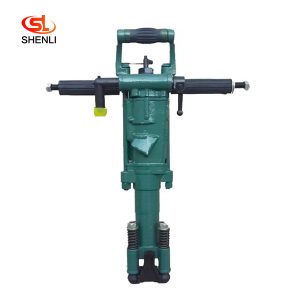
Product description: Y20LY hand-held pneumatic leg dual drill is a kind of light rock machinery, which can be used in secondary blasting in mines and quarries as well as in stone w […]
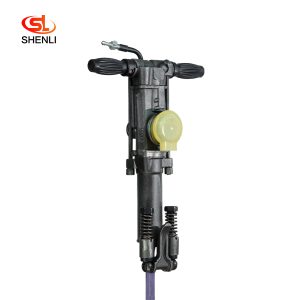
Product Description: Y18 hand – held and air – leg drill is suitable for drilling and blasting holes on soft, medium and hard rocks and W-1.5/4, W-1.8/5, W-2/5 and othe […]

